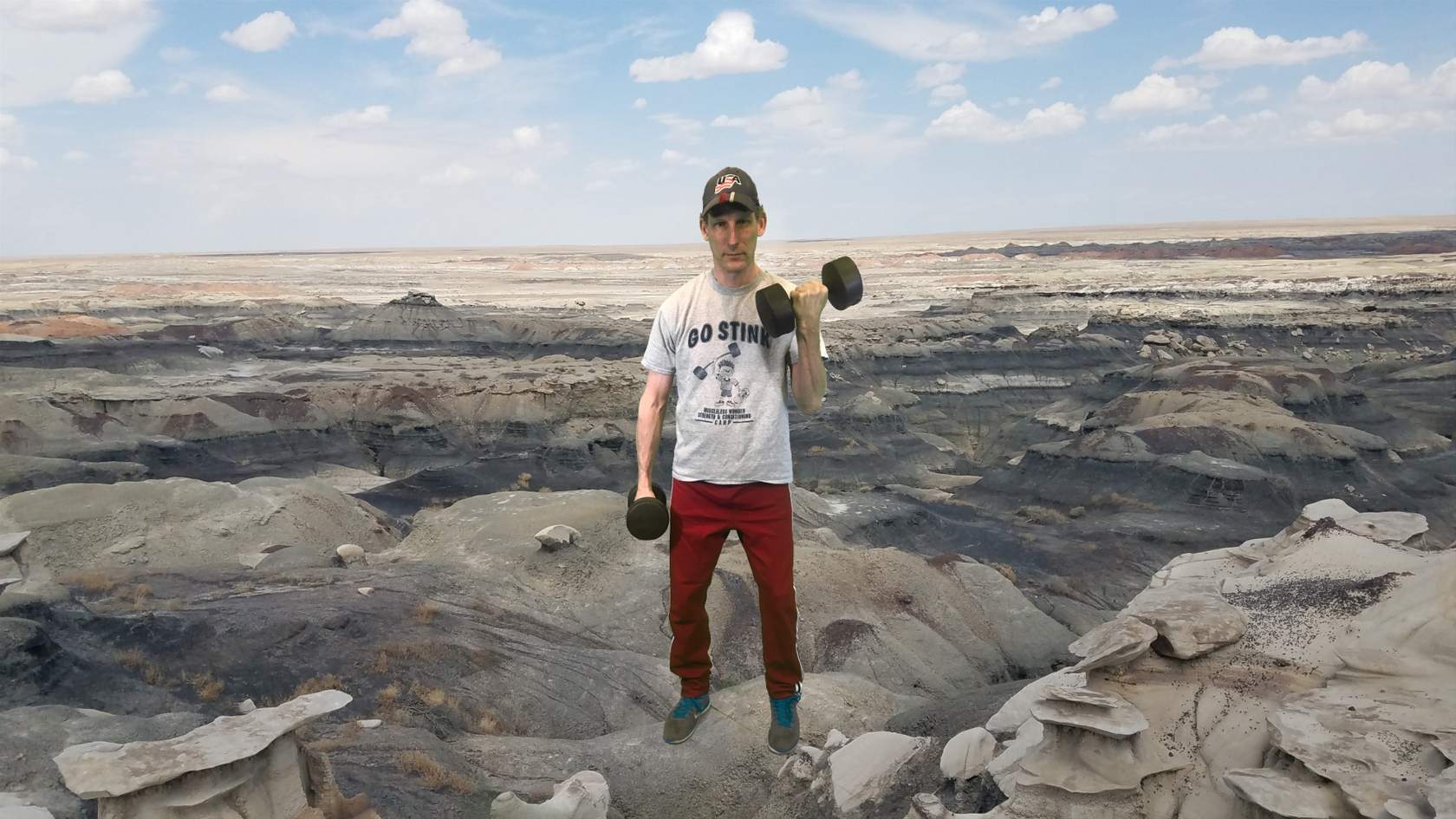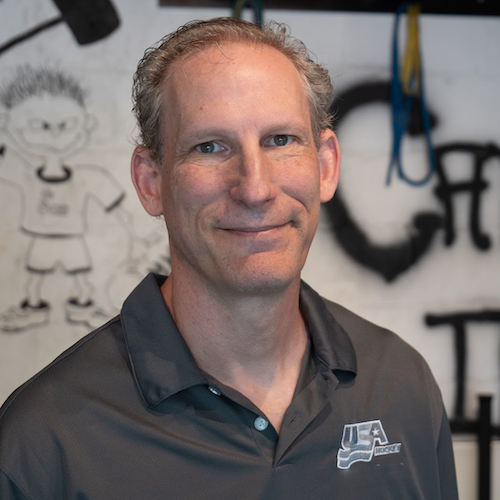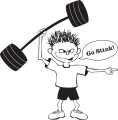Burn, Baby, burn; it’s an adipose inferno

In my last article we took a very basic look at energy balance, focusing primarily on caloric intake.
People bemoan the suggestion of body-weight management being a calorie equation. It’s an often-lopsided balancing act with the first law of thermodynamics in the driver’s seat. And to all of those quick-fix aficionados drawn to the too-good-to-be-true, infomercial pitch, always looking for a loophole, I respectfully remind you of the song “I Fought the Law and the Law Won.”
What seems so unfair about the energy in/energy out paradigm is that it’s not easy to burn 500 calories in a workout, but ingesting 500 calories is a piece of cake, literally and figuratively.
We burn calories all the time for many different needs and endeavors. We unfortunately don’t always burn enough to offset our hedonistic vulnerabilities. We burn calories to carry out the physical requirements of our daily lives. We, of course, burn calories to meet the demands of those activities up and above the mundane routine ones, such as an exercise bout. And even at rest we’re burning calories to provide for our essential bodily functions.
We are so hell-bent on burning calories that it’s no surprise that there are plenty of lies, distortions, misinformation, and disinformation surrounding the subject matter.
One of the more trendy concepts that made the rounds a few years ago was the hype of resting muscle being highly metabolically active. The conventional wisdom was that “a pound of resting muscle burns more calories than a pound of resting fat, so let’s all lift weights for weight loss.” Not because of the calories you burn while lifting weights, mind you, but because putting on muscle mass will turn our bodies into fat-burning machines while watching TV after the workout.
I can give you a long list of weightlifters from the super heavy weight class, all with a huge amount of muscle mass, and not one of them would stand a chance as a speedo model. Even though muscle offers three times the burn of fat, it’s insignificant.
The idea of getting in shape by capitalizing on resting metabolic rate is an attractive one, but it’s not very likely.
The numbers that would lead someone to believe such a flight of fancy are actually based on lean body mass, not just skeletal muscle. Lean body mass includes organs and skeletal muscle, but it’s the organs that account for most of the calories spent when our bodies are at rest. The brain, for example, has a far greater metabolic rate than skeletal muscle.
This begs the question of who burns more calories: an Einstein with his high intellect or a moron who requires deep concentration to add 2+2? The bottom line is that you’d have to put on a huge amount of muscle mass to make a discernable difference in your resting metabolic rate. A very implausible task — besides you’d burn a boatload more calories trying to pull it off than during the supposed payoff of burning calories while not exercising.
To burn calories in the world of science, facts and disappointment, you have to work hard, be active, exercise regularly, or some combination thereof. Not all workouts are created equal, and there are some considerations when looking at the caloric expenditure of exercise.
What follows are some basic overviews that hold true on average, but all of which can be refuted by a nit-picky exercise scientist who wants to play devil’s advocate and offer up some exceptions.
• Volume is one way to up your calorie burn. The more of something you do, the larger the energy cost. Jogging 10 miles burns more than jogging 5.
• The higher the exercise intensity, the greater the caloric expenditure. Sprinting has a higher caloric cost than jogging.
• The range of motion of an exercise is also something that can influence the caloric cost. A weight room exercise that calls for moving a barbell 7 feet burns more calories than one that has you move that same barbell only 3 feet.
• Large-muscle-mass exercises burn more calories than small-muscle-mass exercises, meaning that squats offer a greater calorie burning strategy than curls.
Although there are some indicators to look at, the caloric cost of exercise isn’t always so obvious.
A National Hockey League forward who logs 20 minutes of ice time in a game is getting a heck of a workout. A 20 minute workout over 2 and a half hours doesn’t sound like much, but it is when you factor in the high-intensity nature of each shift skated.
Walking, on the other hand, is a low-intensity activity but if you do enough of it you can offset its lack of intensity. Walking is generally easy, but walking 100 miles would be tough.
When you start crunching the numbers, it becomes clear that you cannot meet your quota of calorie burning in one fell swoop. We like to take care of business all at once, during dedicated stints of concentrated exercise bouts. And it’s great to grab a fiery workout when you can, but you can’t play catch up during a one-hour workout by trying to counterbalance the less-healthy behavior throughout the rest of the day.
The numbers don’t add up. It takes five minutes to eat a sleeve of Girl Scout cookies, but it takes three workouts to shed those dangerous little things.
One of my most cherished arguments with my dad commenced when I objected to his driving around a parking lot, looking for a primo space, trying to avoid walking an extra 20 feet. His position on the matter was: “I already walked today.”
Me: “What?”
Dad: “I used the machine (treadmill).”
This is the exact line of thinking that gets us into trouble. Relying a little bit too much on our exercise sessions to take care of everything. Dad’s way of thinking would work if it was hard to burn 1,000 calories and if it was hard to take in 1,000 calories, but it’s not.
It’s pretty easy to get yourself in trouble, but it’s not so easy to get yourself out of trouble. Energy balance is a sneaky duplicitous equilibrium, not a level playing field. Consequently, it’s important to sneak in small calorie burning opportunities throughout our daily lives.
So work hard, play hard, exercise hard, rest, recover, take in calories and utilize those calories. In other words, live everyday like it’s the night before the Portuguese Feast!

Norm Meltzer aka The Muscle-less Wonder
